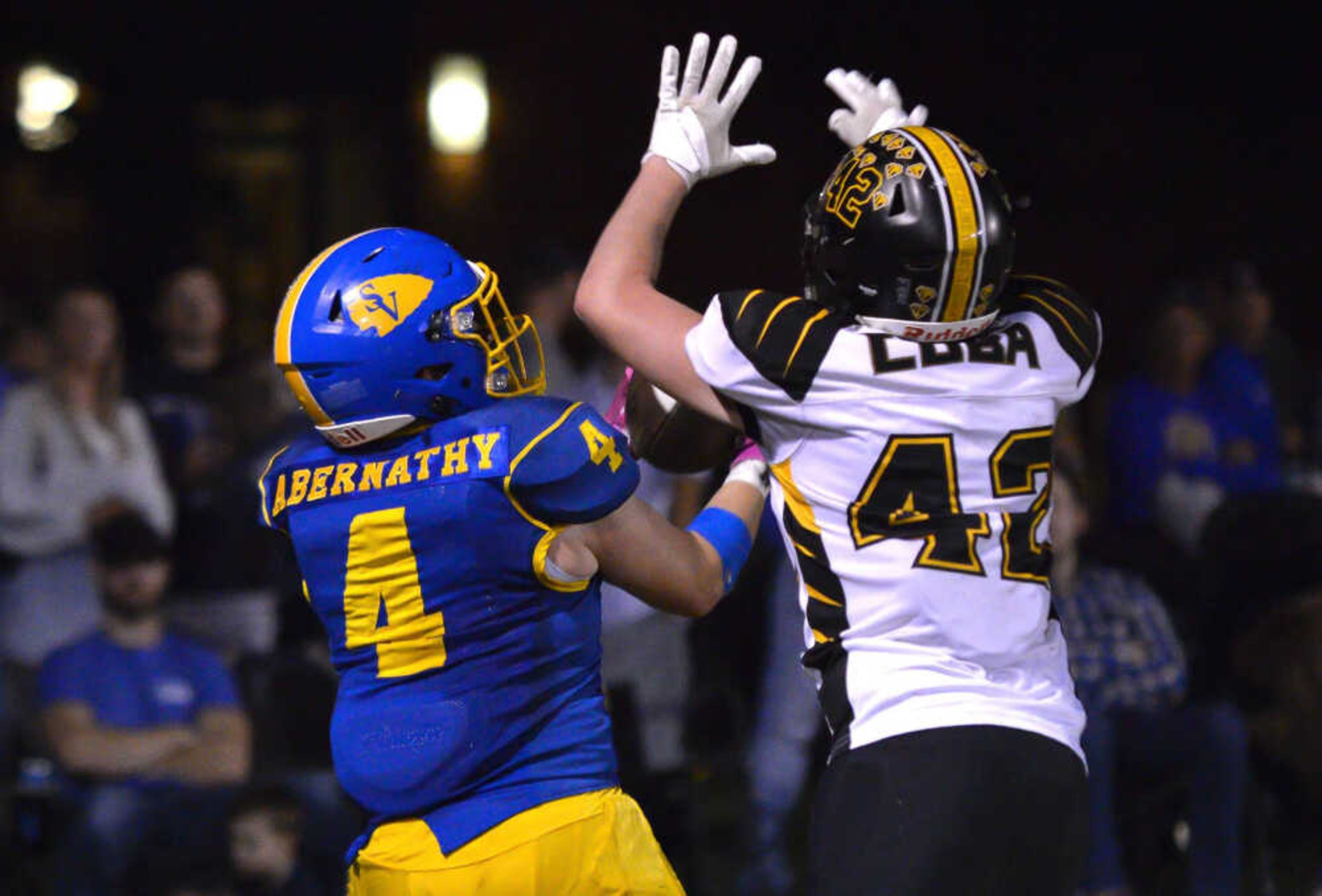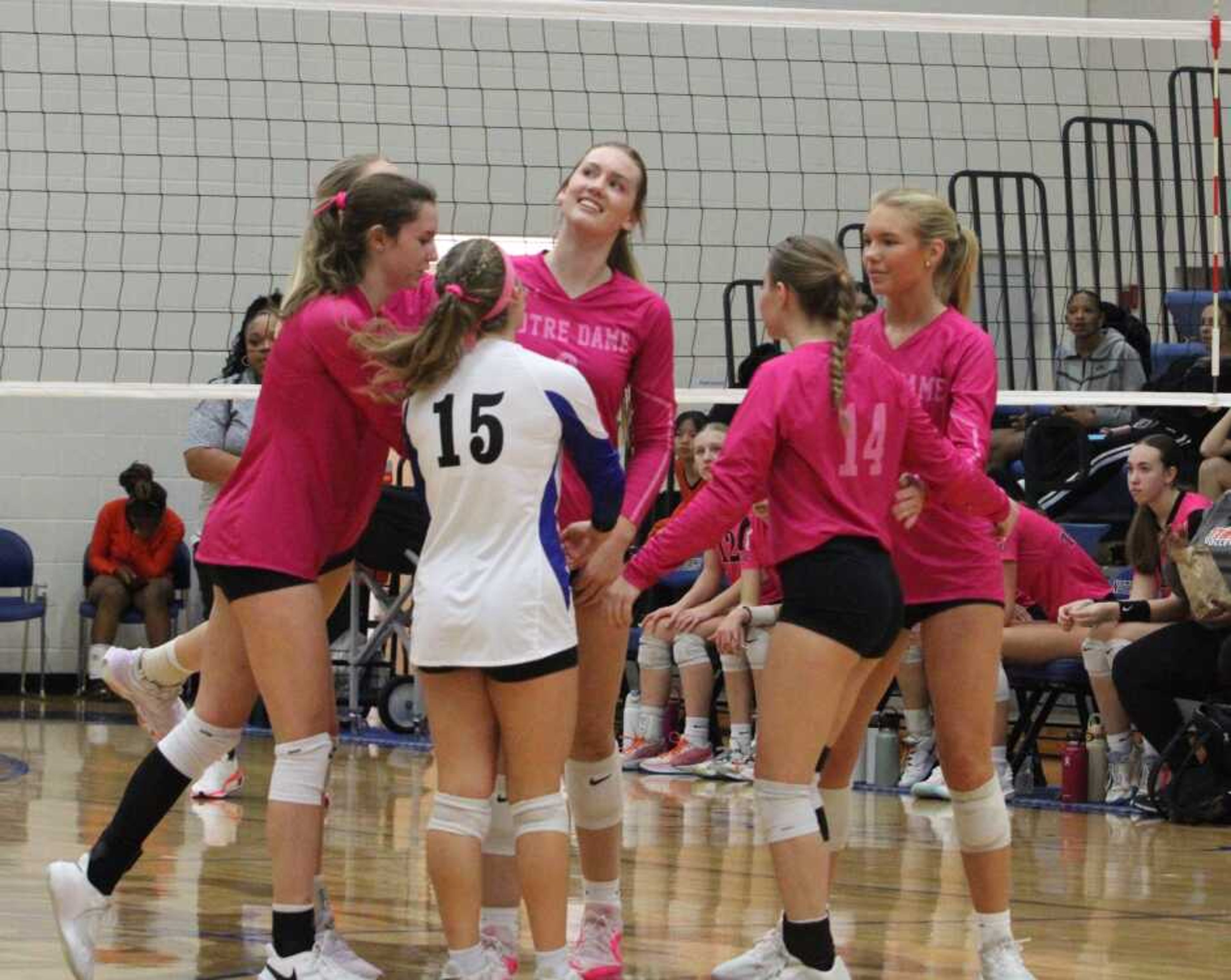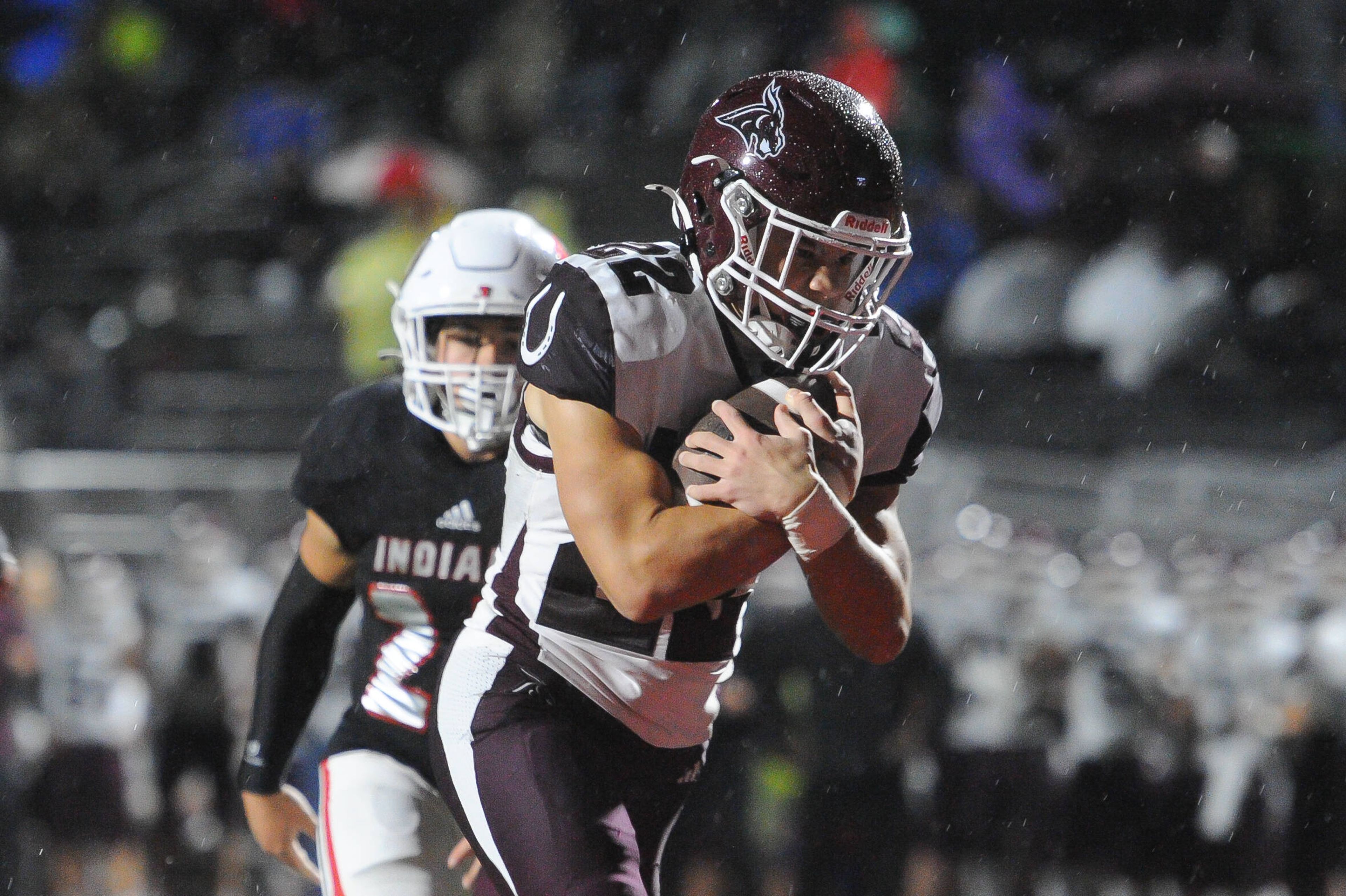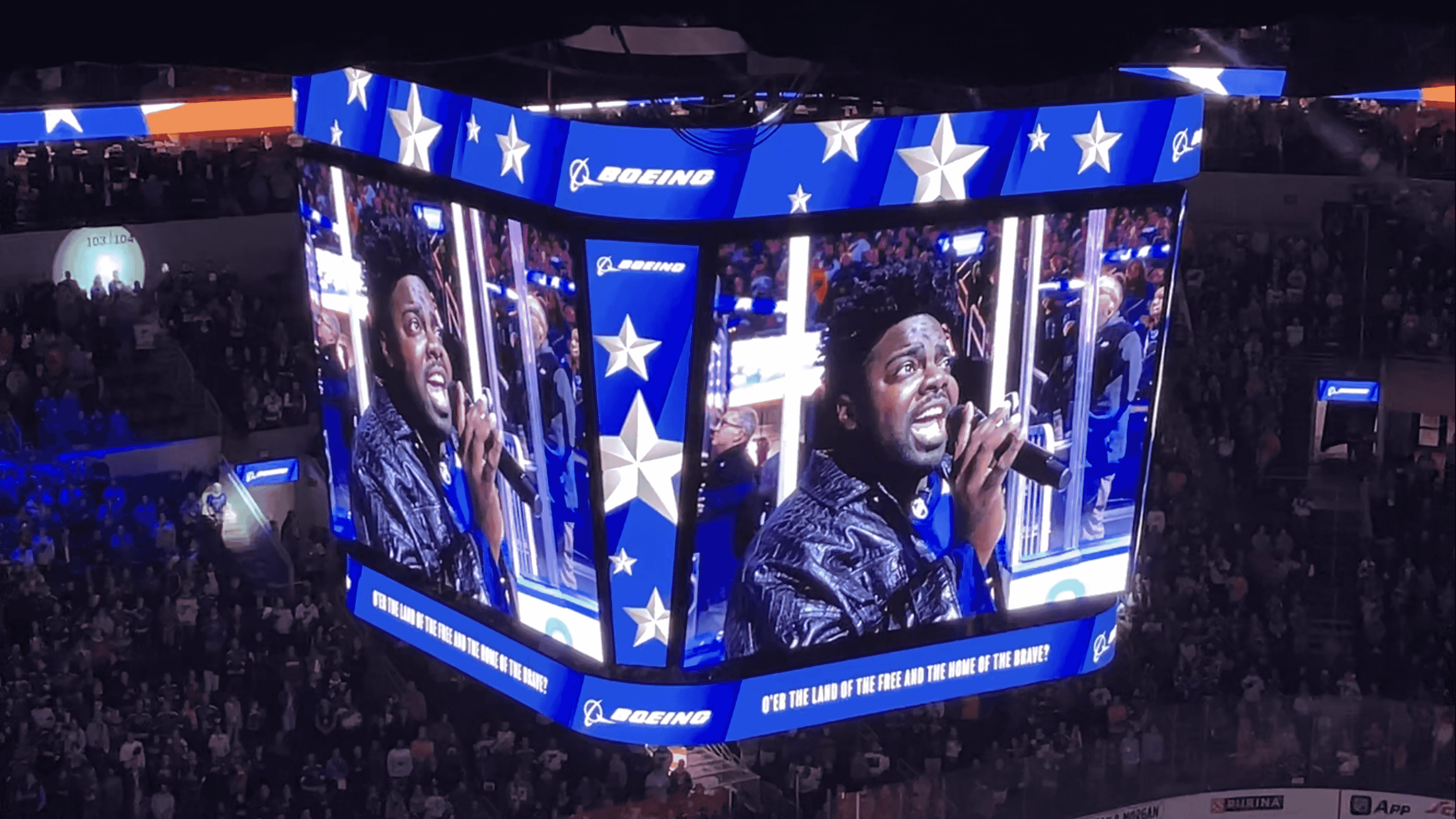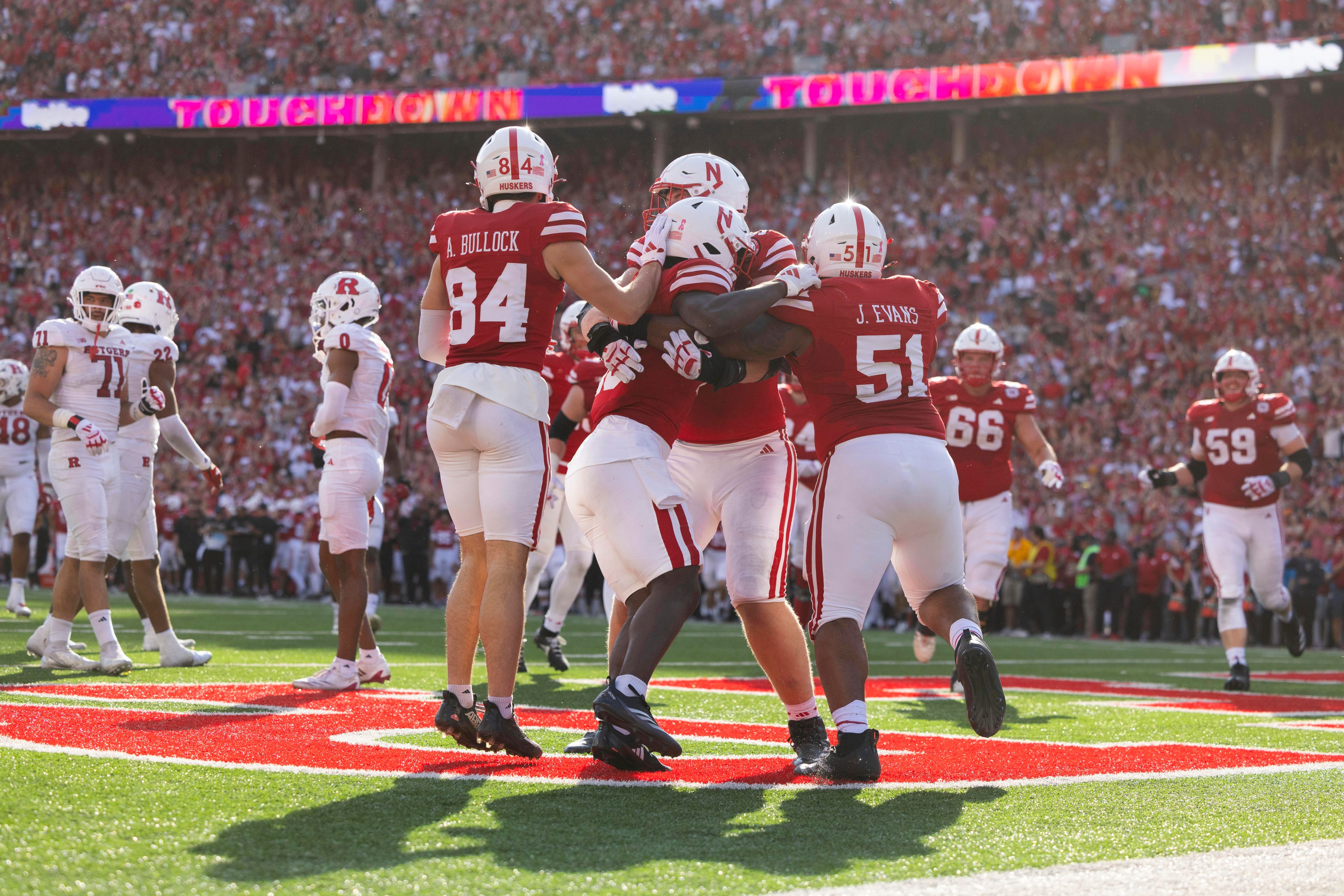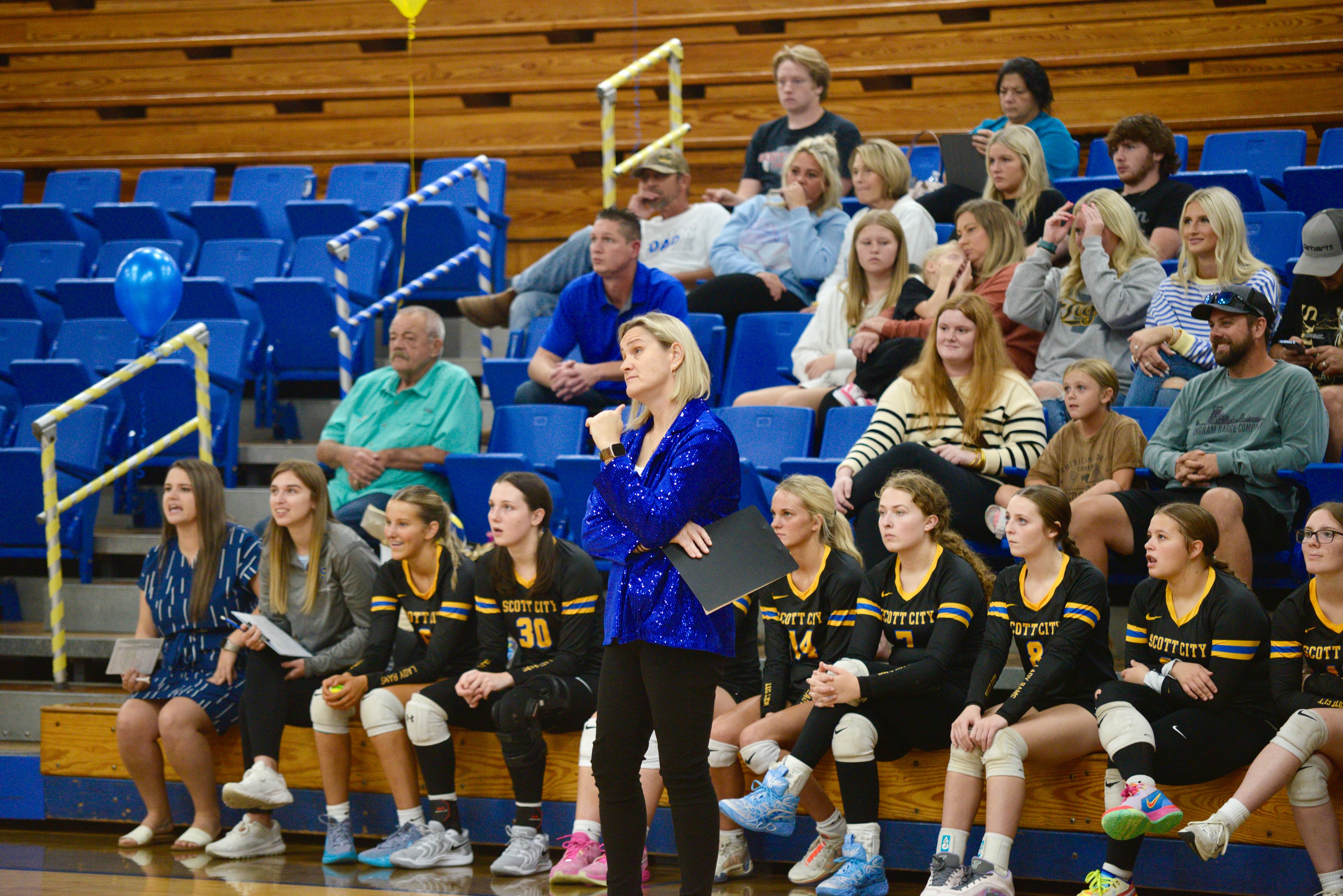Earnhardt tragedy tops national stories in 2001
All year long at NASCAR races, thousands of fans stood during the third lap and raised three fingers to salute their lost hero. Winning drivers ran slow victory laps while holding out three fingers, or waving a black No. 3 flag in tribute. The death of Dale Earnhardt in the season-opening Daytona 500 shook the 53-year-old sport to its very foundations. It also served as a catalyst for a safety initiative that could affect its drivers for decades to come...
All year long at NASCAR races, thousands of fans stood during the third lap and raised three fingers to salute their lost hero.
Winning drivers ran slow victory laps while holding out three fingers, or waving a black No. 3 flag in tribute.
The death of Dale Earnhardt in the season-opening Daytona 500 shook the 53-year-old sport to its very foundations. It also served as a catalyst for a safety initiative that could affect its drivers for decades to come.
The accident that killed "The Intimidator" was voted The Associated Press Story of the Year in sports by member newspapers and broadcast outlets, beating Barry Bonds' feat of breaking baseball's single-season home run record.
In the AP voting, Earnhardt's death received 31 first-place votes and 663 points overall.
Bonds' record got 10 first-place votes and 479 points. The sports world's reaction to the Sept. 11 terrorist attacks received 25 first-place votes and 461 points.
Ten points were awarded for first place, down to one point for a 10th-place vote.
Rounding out the top 10 were the Arizona Diamondbacks winning a thrilling World Series; Michael Jordan's comeback; Lance Armstrong winning a third straight Tour de France; Tiger Woods winning his fourth straight major at the Masters; baseball owners voting to eliminate two teams; the retirement of Cal Ripken Jr.; and Jennifer Capriati's comeback wins in the Australian and French Opens.
A promising year
NASCAR entered 2001 on a high, with a new $2.8 billion TV contract and immense mainstream popularity -- much of it due to Earnhardt.
Not only was he a seven-time champion and a winner of 76 races in his 22 seasons, but the roughhewn, second-generation driver often raised the emotions of the fans to a fever pitch. You either loved him or hated him.
"There wasn't any middle ground on Dale Earnhardt," said Jeff Gordon, who won his fourth championship in 2001. "The sport will not be the same without him and there may never be anybody come along with that unique combination of hard driving and personality that he had."
At an age when most drivers are thinking mostly about retirement, the 49-year-old Earnhardt was still intent on winning a coveted eighth championship that would have broken a tie with Richard Petty for the most titles.
Coming back strong
After a few down years, Earnhardt had roared back into contention in 2000, spurred by his own internal fires and the emergence of Dale Earnhardt Jr. as a budding Winston Cup star.
"It's hard to even tell you the feeling you'd get looking in your mirrors and seeing that black No. 3 behind you," Gordon said. "Anticipation, excitement, fear. You knew you were going to have your hands full and that he had the advantage.
"How do you replace somebody like that?"
The Feb. 18 accident was followed by the most comprehensive crash investigation in racing history. It concluded that Earnhardt died of a basal skull fracture, possibly caused -- at least in part -- by a broken seat belt.
The injury was frighteningly similar to those that killed fellow drivers Adam Petty and Kenny Irwin Jr. in the nine months before Earnhardt's death. The fractures in all three apparently were caused by the head whipping forward upon impact.
There was an uproar following the earlier deaths, but it took the demise of the sport's biggest star to get NASCAR, which had been criticized by media and fans of dragging its feet on safety issues, to act.
"What happened in Daytona changed the whole motorsports world," said driver Brett Bodine. "It made us all aware that everyone in our business is at risk and we needed to do things to lessen the risks. NASCAR had to react and react now."
By the end of the season Nov. 23, NASCAR had mandated the use of head-and-neck restraints by all drivers in its top three divisions.
The organization is also actively researching improvements in manufacturing and attaching seat belts as well as looking at safer seats, working with its car manufacturers on crushable, energy absorbing materials for the cars themselves and investigating the possibilities of new soft-wall technologies for its racetracks.
NASCAR also has mandated the use of crash data recorders in all of its cars in Winston Cup, the Busch Series and the Craftsman Truck Series for 2002, as well as adding a medical liaison to work with the racetracks -- which have always been responsible for their own safety measures -- and a full-time accident investigator.
"I think this sport has changed because of losing Dale," said NASCAR president Mike Helton, a close friend of Earnhardt. "I like to think, though, at the end of the day that those changes will be forever and they will be positive.
All eyes on safety
"I think Dale's death created, naturally, an awareness and an intensity level on the topic of safety that brought it to its highest ever peak -- or I should say plateau," Helton said. "We're not going to call it a peak because we're not going to let it fall off. I think it also matured us all ... a lot ... maybe more than we wanted to be."
Rusty Wallace, who had a love-hate relationship with Earnhardt as a fierce competitor on the track and a friend off of it, saw one positive effect from his death.
"I don't think anybody would ever have paid this much attention to safety if it had been any other driver," Wallace said.
"Anybody else, and they would have blown it off as one-time incidents. You'd hear people say, 'Hey, that was just a young fella, or that was this guy who got himself into a position he shouldn't have been in and that happened,"' he said. "Those other guys who lost their lives had stuck throttles and crazy things that we all learn from, too. But Earnhardt was so big, they finally took it serious and said, 'This is real.' It woke everybody up."
Richard Childress, Earnhardt's longtime car owner, shook his head and closed his eyes for a moment when asked how the death of his friend had affected stock car racing.
"The sport will go on because people like Dale Earnhardt have made it so popular and set it up for the future," Childress finally answered. "It will continue to be successful and grow even more, but it will never be quite the same."
Connect with the Southeast Missourian Newsroom:
For corrections to this story or other insights for the editor, click here. To submit a letter to the editor, click here. To learn about the Southeast Missourian’s AI Policy, click here.
